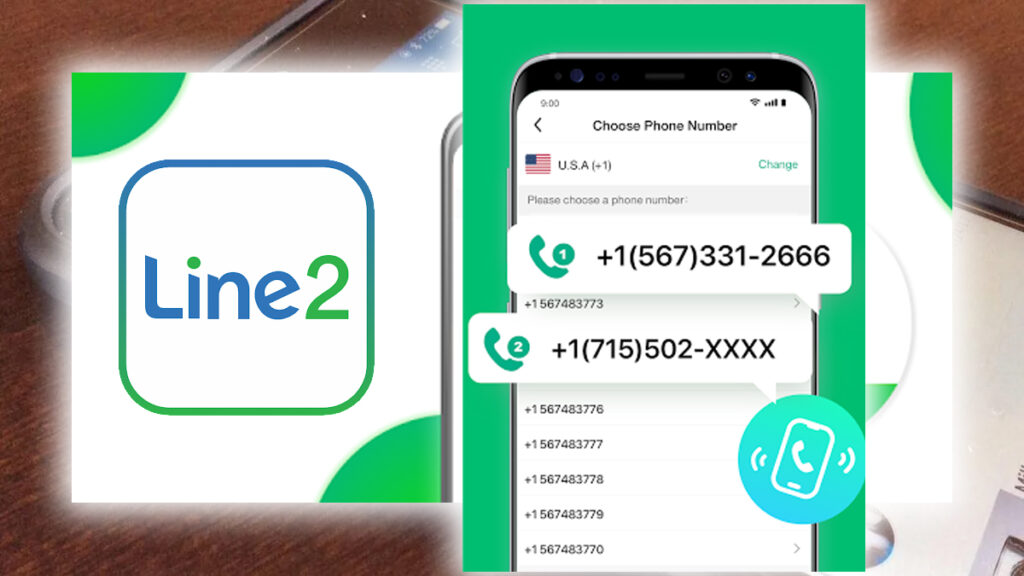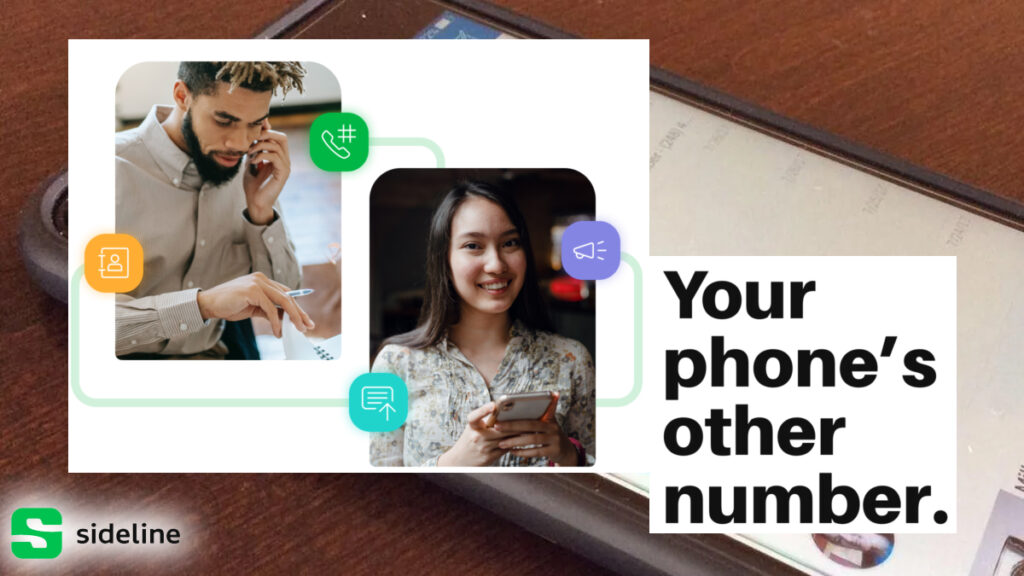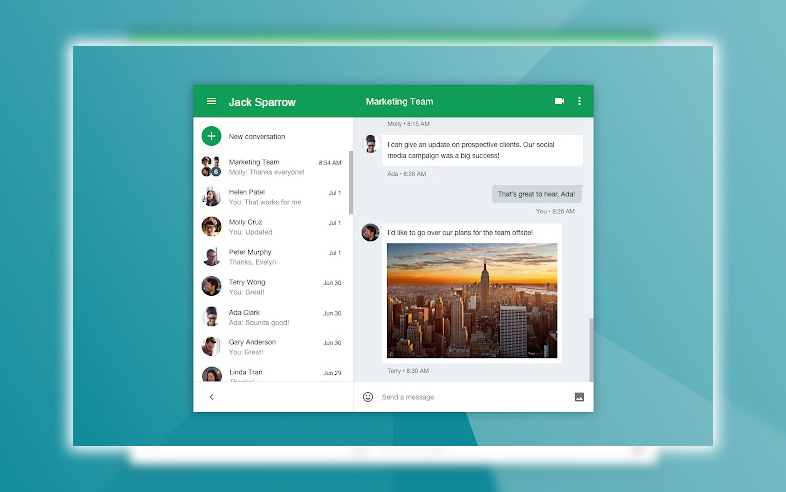If you’re living this nightmare, there are some clever apps and even hardware options that might eliminate the madness. Some apps will assign you a second number with which you can receive calls or text messages. With the ability to use it separately from your main line. And slowly, more smartphones are starting to come with a dual-SIM card tray, which would give you more freedom.
Whether you own your own business or want to guard your numbers. Here’s a sampling of the two-number options worth considering.
Line2 Connects You with a New Number
One app to arrive and gain quite a bit of traction is called Line2. It’s pretty straightforward. You sign up for an account and select a phone number. Which you can pick from several choices based on the area code you want.
Once that’s done, it’s $15.99 per month for unlimited calls, texts, inbound calls, call screening, and a few other features. You can try it out free, but free accounts are limited to calls and texts with other Line2 numbers.

During a brief field trial with another Line2 account, I found the calls reliable and offered good quality. Just as I’d experienced with my regular number. A persistent notification bar lives on the top of your screen. Which is convenient to use as a launch pad to access Line2 services. If you like keeping the notification center clean, you’ll want to disable it.
Line2 might serve as an ideal option if you want another number to give out as your business line. Also complete with the ability to send calls straight to voicemail after hours on weekends. Thanks to several built-in controls. The design could use a few splashes of paint as there’s some persistent Hologram design hanging around. But the app does the job.
Head to the Sideline
Another good choice, probably my favorite in this group, is Sideline. Much like Line2, you can choose a new phone number. And use the app for phone calls, text messages, and voicemails. It works over your carrier network, although Wi-Fi calling is part of the $15 monthly upgrade. It also kills the ads from the interface and ensures that your number doesn’t disappear. New numbers are sent back to a pool after 30 days of inactivity.

Sideline has a great interface and inexpensive plans for a second phone number.
I like the interface of Sideline better than Line2. However, the banner ads on the bottom are pretty prominent and probably not something you want to live with permanently. Sideline also offers a few innovative features. That can automate some processes, like setting up auto-replies, selecting a new text tone, and setting up a do-not-disturb time. So you can have your second number off-limits during leisure hours. The design is elegant in keeping with the phone’s aesthetics. I found the app to be reliable and rapid.
There’s always Voice
If you like the cost level of free, then there’s always Voice to consider. The service goes back to 2009. It came about in the days when business users had to juggle an office line. Along with a home line, personal mobile, and a work-issued BlackBerry. Like the other apps, you get to pick a phone number. Which you can use for complimentary text messages and phone calls. International calls are relatively cheap and include several nifty features. Voice calls can ring multiple numbers, screen your calls, and transcribe your voicemail messages, although sometimes they’re hilariously wrong.

Hangouts lets you make, take calls and send messages.
To get the complete list of features, however, you’ll need to use Google’s Hangouts app. That’s where SMS/MMS messages and the dialer live, which also integrates with your contacts. The app isn’t exactly a shining star in the lineup. But updates have ramped up its stability and squashed the most annoying bugs. The question is whether Voice will stay a separate service or be swallowed into Project Fi. If you move to Google’s MVNO, you must use your Voice number or surrender it forever. Voice hasn’t gained many significant features in quite a while. And the future of Google’s support for the service is growing.
Go Dual SIM, if You Can
Another option that’s gained traction, is dual-SIM phones. The primary benefit would be international travel; you’ll see why by reading further. International plans from carriers are extortionately high! However, it’s not a popular method with some carriers here in the U.S. The best dual-SIM Android phone in the U.S. was the OnePlus 2 in 2016. And today, in 2022, the Dual Sim phone market is staggering, with plenty of phones to suit any budget. There are two ways to look at this: the Dual-SIM phone is ideal for business and private use. That is to say, you got business contacts that need you. Next, there’s a crisis at home, meaning the family can contact you on the other number. Secondly, a two-SIM phone would be great if you want a temporary solution for overseas trips. But you can still get messages from your primary SIM.
In the last few years, we’ve seen quite a change in how people use their numbers. Many gravitated toward just one number by eliminating lines and office numbers. Still, there’s been a resurgence in the interest in gaining more privacy. Dual-SIM phones hold the most immense promise in this regard. You’re probably best served by all the apps above and services.
















